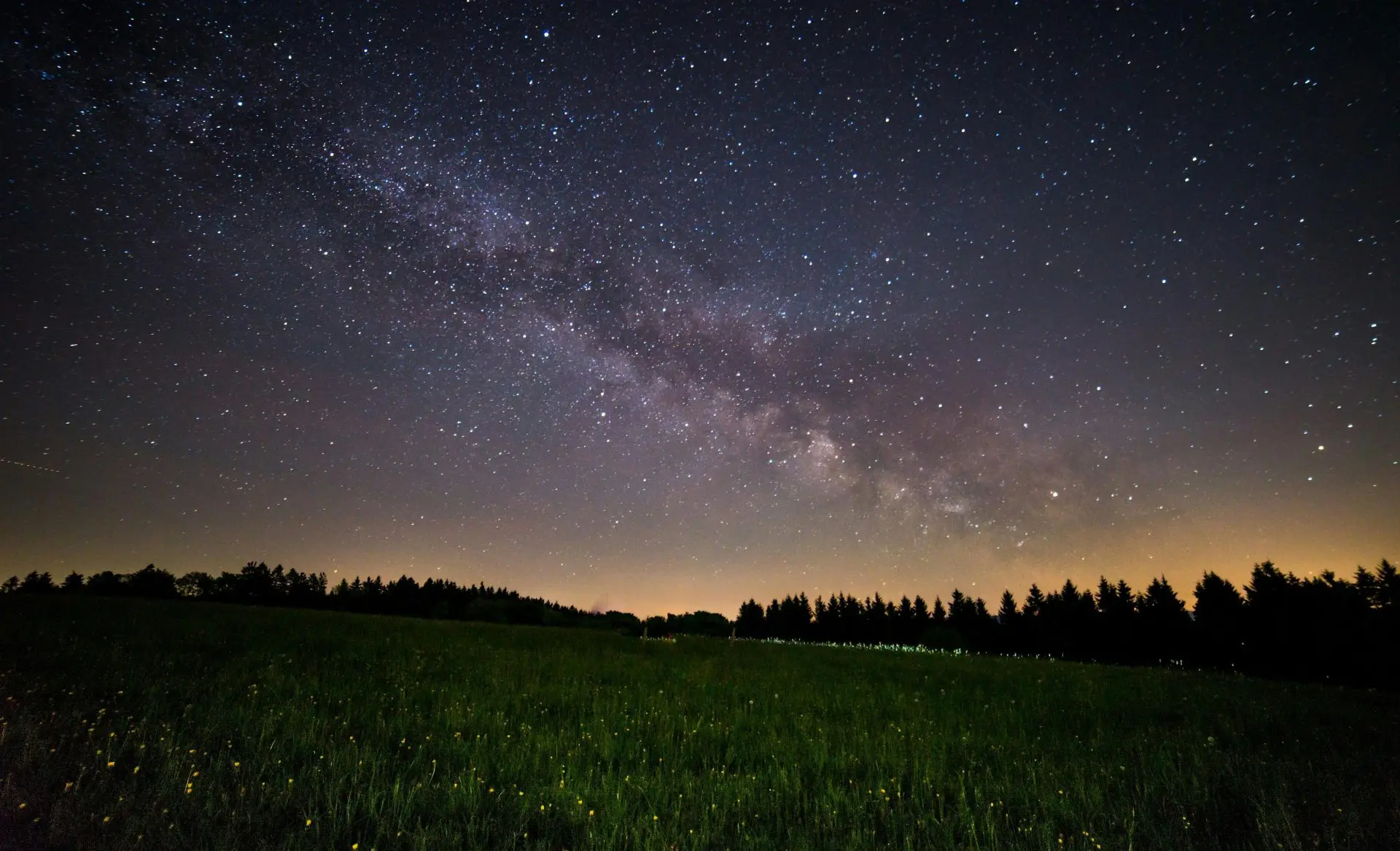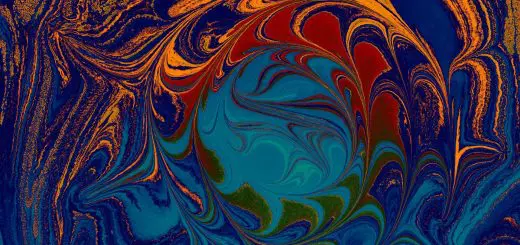Ancient Spanish Gods: Mythological Tales

Looking for more amazing products? Check out our online store and explore our collection here! Happy shopping!
Before diving in, please note: This post is for informational purposes only. If you’d like to know more about how we approach topics, feel free to check out our friendly Disclaimer Page.
Hey there, amazing readers! 
We’re committed to delivering quality posts, and your support (even just sticking around despite the ads) means everything to us. So, bear with us, and thanks for helping us keep the good vibes rolling. Now, on to the fun stuff!
TRANSLATE BUTTON AT THE END OF THE ARTICLE
Introduction to Ancient Spanish Gods
The ancient Spanish gods hold a rich tapestry of mythological tales that have captivated generations.
These deities were worshipped by the various tribes and civilizations that once inhabited the Iberian Peninsula, leaving behind a legacy of fascinating stories and beliefs.
From gods of the sun and moon to deities of war and love, the pantheon of Spanish gods reflects the diverse cultures that thrived in the region.
In this article, we will delve into the world of ancient Spanish mythology, exploring the tales of creation, the influence of Roman and Celtic gods, as well as the rituals and worship practices that were carried out in honor of these divine beings.
The Pantheon of Spanish Deities
The pantheon of ancient Spanish gods is a diverse and colorful collection of deities that governed various aspects of life.
Among the most prominent gods were:
Epona – The Celtic goddess of horses and fertility, worshipped by the Iberian Celts.
Mars Thingsus – A Roman god associated with war and justice, revered by the Roman settlers in Spain.
Tartessos – A mysterious deity linked to the ancient Tartessian civilization, often associated with the sea and wealth.
These gods, along with many others, formed a complex web of beliefs that shaped the spiritual landscape of ancient Spain.
Gods of the Iberian Peninsula
The Iberian Peninsula was home to a multitude of gods and goddesses, each with their own unique attributes and powers.
Some of the most notable deities included:
Cernunnos – A horned god of nature and fertility, worshipped by the Celtic peoples of Iberia.
Astarte – The Phoenician goddess of love and war, who was venerated by the ancient inhabitants of the peninsula.
Lugus – A Celtic god associated with craftsmanship and skill, revered by artisans and craftsmen.
These deities played a crucial role in the lives of the ancient Iberians, offering protection, guidance, and blessings to those who worshipped them.
Tales of Creation and Destruction
The myths of ancient Spanish gods are replete with tales of creation and destruction, reflecting the cyclical nature of life and the cosmos.
One such myth tells the story of the god of the sun, who battles the god of the moon each night to bring light to the world.
Another myth recounts the rivalry between two powerful deities, whose conflict leads to the creation of the mountains and valleys that populate the Iberian landscape.
These myths not only entertained the ancient people but also served to explain the natural phenomena they observed in their world.
The Influence of Roman and Celtic Gods
The ancient Spanish gods were not isolated entities but were often influenced by the deities of neighboring cultures, such as the Romans and Celts.
The Romans brought their pantheon of gods, such as Jupiter and Minerva, which were amalgamated with the local gods to create a syncretic belief system.
Similarly, the Celts introduced their own gods, like the warrior queen Boudicca and the god of the underworld, which added layers of complexity to the existing Spanish mythology.
This interplay of influences created a rich tapestry of beliefs that continue to intrigue scholars and enthusiasts to this day.
Worship and Rituals in Ancient Spain
Worship of the ancient Spanish gods was a central aspect of daily life for many inhabitants of the peninsula.
Rituals were performed to honor the gods, seek their favor, and ensure prosperity and protection.
These rituals ranged from simple offerings of food and drink to elaborate ceremonies involving music, dance, and sacrifices.
Temples and shrines dedicated to the gods dotted the landscape, serving as focal points for communal worship and devotion.
The ancient Spaniards believed that by appeasing the gods, they could secure their blessings and safeguard themselves from harm.
Stories of Love, War, and Trickery
The myths of the ancient Spanish gods are filled with stories of love, war, and trickery, mirroring the complexities of human nature.
Tales of star-crossed lovers, epic battles, and cunning deities abound in the folklore of the Iberian Peninsula.
One such story involves a god who descends to the mortal realm to woo a beautiful maiden, only to face numerous trials and challenges along the way.
Another tale recounts the exploits of a trickster deity, who outwits his enemies through guile and cleverness.
These stories not only entertained the ancient people but also conveyed moral lessons and cultural values.
The Legacy of Spanish Mythology
The legacy of Spanish mythology lives on in the hearts and minds of the people, as well as in art, literature, and popular culture.
The stories of the ancient gods continue to inspire artists, writers, and filmmakers, who draw upon these rich traditions to create new works of art.
From epic poems to modern-day retellings, the myths of ancient Spain have left an indelible mark on the cultural landscape of the country.
The legacy of these myths serves as a reminder of the enduring power of storytelling and the human need to make sense of the world through myth and legend.
Lesser-Known Gods and Goddesses
While some ancient Spanish gods are well-known and widely worshipped, there are many lesser-known deities that play a crucial role in the pantheon.
These include:
Sirona – A Celtic goddess of healing and fertility, revered by the ancient inhabitants of the peninsula.
Nantosuelta – A Gaulish goddess associated with nature and prosperity, worshipped by the Celtic tribes of Iberia.
Aherbelste – A Basque deity of the sun and fire, who was venerated by the ancient Basque people.
These lesser-known gods and goddesses offer a glimpse into the diverse and multifaceted world of ancient Spanish mythology.
Mythical Beasts and Creatures
In addition to gods and goddesses, the myths of ancient Spain are populated by a host of mythical beasts and creatures.
These include:
The Lamiak – Water nymphs who lured unsuspecting travelers into their watery domain.
The Basajaun – Forest giants who protected the natural world from harm.
The Cuelebre – A dragon-like creature that guarded hidden treasures deep within the earth.
These mythical beings added an element of wonder and danger to the stories of the ancient Spanish gods, enriching the mythological tapestry of the region.
Symbols and Iconography in Spanish Mythology
Symbols and iconography played a crucial role in the worship of the ancient Spanish gods, with each deity being associated with specific symbols and objects.
For example:
The Sun Disk – Associated with the god of the sun, symbolizing light, warmth, and life.
The Spear and Shield – Attributes of the goddess of war, signifying strength, courage, and protection.
The Cornucopia – A symbol of abundance and prosperity, often linked to fertility deities like Ceres and Demeter.
These symbols were used in rituals, ceremonies, and artwork dedicated to the gods, serving as a visual representation of their powers and attributes.
Modern Interpretations of Ancient Gods
While the ancient Spanish gods may no longer be actively worshipped, their influence can still be felt in modern interpretations of mythology and folklore.
Artists, writers, and scholars continue to draw inspiration from these ancient tales, reimagining them in new and innovative ways.
From graphic novels to video games, the myths of ancient Spain have found a new audience in the digital age, captivating readers and viewers with their timeless themes and powerful characters.
The enduring legacy of these ancient gods serves as a testament to the enduring power of myth and legend in shaping our understanding of the world around us.
Conclusion
In conclusion, the ancient Spanish gods are a fascinating and complex pantheon of deities that reflect the diverse cultures and beliefs of the Iberian Peninsula.
From tales of creation and destruction to stories of love, war, and trickery, the myths of these gods offer a window into the rich tapestry of Spanish mythology.
While many of these deities may have faded into obscurity, their legacy lives on in the hearts and minds of the people, as well as in art, literature, and popular culture.
The enduring power of these myths serves as a reminder of the timeless appeal of storytelling and the human need to make sense of the world through myth and legend.
So, next time you gaze upon the sun or feel the whisper of the wind, remember the ancient Spanish gods who once ruled the hearts and minds of a vibrant and diverse civilization.

The Enlightenment Journey is a remarkable collection of writings authored by a distinguished group of experts in the fields of spirituality, new age, and esoteric knowledge.
This anthology features a diverse assembly of well-experienced authors who bring their profound insights and credible perspectives to the forefront.
Each contributor possesses a wealth of knowledge and wisdom, making them authorities in their respective domains.
Together, they offer readers a transformative journey into the realms of spiritual growth, self-discovery, and esoteric enlightenment.
The Enlightenment Journey is a testament to the collective expertise of these luminaries, providing readers with a rich tapestry of ideas and information to illuminate their spiritual path.
Our Diverse Expertise
While our primary focus is on spirituality and esotericism, we are equally passionate about exploring a wide range of other topics and niches 

To ensure we provide the most accurate and valuable insights, we collaborate with trusted experts in their respective domains 
Our blog originally focused on spirituality and metaphysics, but we’ve since expanded to cover a wide range of niches. Don’t worry—we continue to publish a lot of articles on spirituality! Frequently visit our blog to explore our diverse content and stay tuned for more insightful reads.
Hey there, amazing reader! 
Check out our store here and take a peek at some of our featured products below! Thanks for being awesome!











